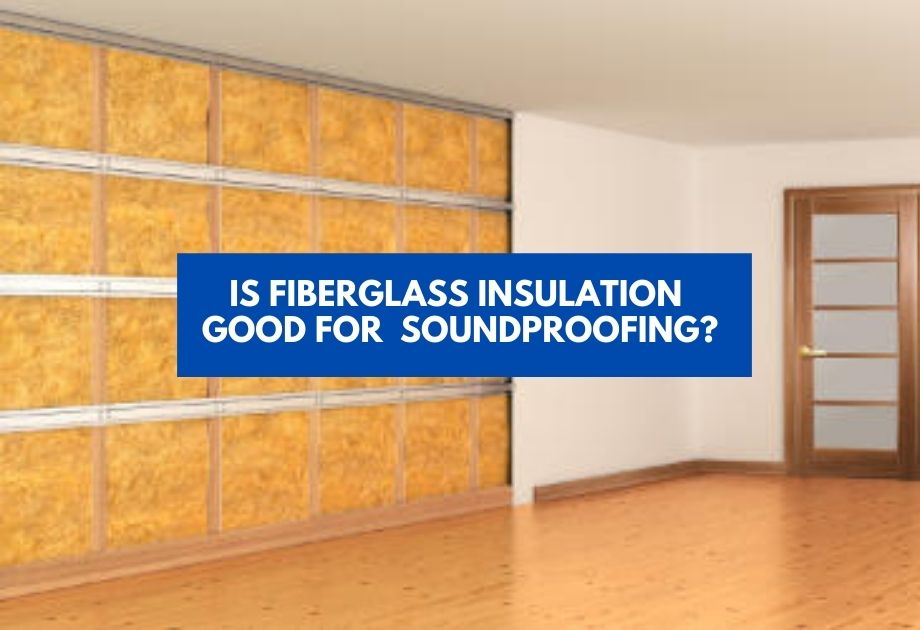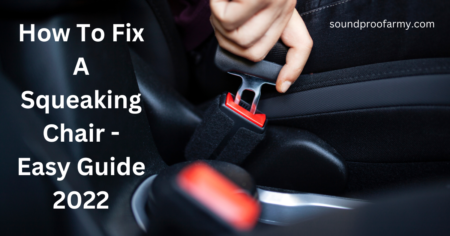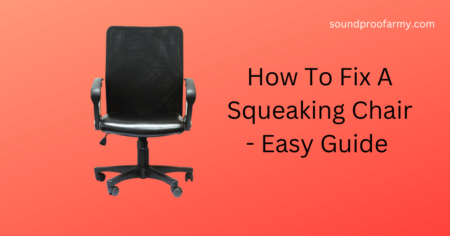If your garage door has a gap between the bottom of the door and the ground, you may need garage door repair. As garage doors are one of the main entrances of your house, it is advised to fix the problem as soon as possible to maintain security.
Table of Contents
Why adjust the door gap?
–Aesthetics: Having a large gap at the bottom of your door can be unsightly.
-Security: A door with a large gap is easy for intruders to break into.
-Pests: A door with a large gap is also easy for pests to enter your home through.
It’s not only people you need to be worried about. Not only do gaps in your garage compromise its aesthetic, but it also provides the perfect entrance for pests looking for a new place to live. You want to stop them before they have the chance to get into your home. Once they’re in, it’s difficult to get them out. Sometimes it can also be caused by cold temperatures.
This is a relatively easy process, but it’s important to make sure that you do it correctly so that your door will operate properly.
Here are some initial tips and procedures to follow when adjusting a garage door gap:
Tools needed: measuring tape, wrench, socket set, pliers, hammer, screwdriver
1. Park your car in the garage and open the door. If you have an automatic opener, disengage it so that you can open and close the door manually.
2. Measure the distance from the bottom of the door to the ground with a measuring tape. If the gap is more than 3 inches, you will need to adjust the door.
3. Locate the adjustment screws on the side of the garage door opener. There are usually two screws, one at the top and one at the bottom.
4. Use a wrench or socket set to loosen the screws. Do not remove them completely, just loosen them enough so that they can be turned by hand.
5. Use a screwdriver to turn the screws clockwise to raise the door or counterclockwise to lower it.
6. Test the door by opening and closing it several times. Once you have adjusted it to your satisfaction, tighten the screws with the wrench or socket set.
7. If your garage door opener is disengaged, you can now reengage it and test it to make sure it is working properly.
By following these steps, you should be able to adjust your garage door gap and keep your home safe from pests and intruders.
Here are the tips to adjust a garage door gap properly:
Door gap is the space between the bottom of your garage door and the ground. This space can be created by either an incorrectly installed door, or wear and tear over time. Having a door gap is not only unsightly, but it can also be dangerous as it provides easy access for intruders and pests to enter your home.
It is important to adjust your door gap regularly to ensure the security of your home and the safety of your family. Here are the steps to follow on how to adjust a garage door gap technically:
Check the angle and tracks of your garage door:
The first step is to check the angle and tracks of your garage door. Make sure that they are properly aligned and installed. You can use a level to check if the tracks are level and use a plumb line to check if the angle is correct. If they are not properly aligned, then this could be the reason why there is a gap in your garage door.
Check the springs of your garage door:
The next step is to check the springs of your garage door. If they are broken or damaged, then this could also be the reason for the gap. You will need to replace the springs if they are broken.
Does the door perfectly fit?
The last step is to check if the door perfectly fits. If it does not, then you will need to adjust it. You can do this by loosening the mounting bolts on the side of the garage door opener. Once you have loosened the screws, you can then turn them clockwise to raise the door or counterclockwise to lower it. After you have adjusted the door, you can then retighten the screws.
Check for limit switches:
Another thing you can do is to check for limit switches. These are located on the garage door opener and are used to regulate the movement of the door. If they are not properly adjusted, then it could cause the door to stop before it is fully closed, which would create a gap.
You can adjust the limit switches by loosening the screws that hold them in place. Once you have loosened the screws, you can then turn the switch clockwise to increase the distance the door travels before it stops or counterclockwise to decrease the distance. After you have adjusted the limit switch, you can then retighten the screws.
Check rubber seals around the door:
Another thing you can check is the rubber seals around the door. If they are damaged or worn, then they will not be able to properly seal the door, which could cause a gap.
Rubber stops are located on the inside of the door and help to keep it from swinging open too far. If these are worn, then they will not be able to properly stop the door, which could cause a gap. You will need to replace the seals if they are damaged.
You can replace the rubber stops by removing the screws that hold them in place and then replacing them with new ones.
Can a Garage Door Threshold be helpful?
If you have a problem with pests or animals entering your home through the gap in your garage door, then you may want to consider installing a garage door threshold. A garage door threshold is a strip of rubber or metal that is placed at the bottom of the door to create a seal. This will help to keep pests and animals from entering your home through the gap.
You can purchase a garage door threshold at most hardware stores. They are typically easy to install and only require a few screws to secure them in place.
If you follow these steps, you should be able to adjust your garage door gap properly. You can install a threshold weather stripping by screwing it into the floor using screws or by adhesive. You can also use garage door weatherstripping in the gaps around your garage door to help weatherproof it.
Adjust floor bedding by adding concrete:
If the garage concrete floor is unlevel, it can cause gaps at the bottom of the door. To level the garage floor, you will need to add concrete to the low side. First, use a level to find the low side of the floor. Then, mix concrete and pour it into the low side. Use a trowel to level the concrete. Allow the concrete to dry for 24 hours before using the garage. Roll out mat ting to prevent slipping:
Another way to help prevent gaps in your garage door is to use a roll out mat. Matting is a type of material that can be placed on the floor to help prevent slipping. It is typically made of rubber or vinyl and has a textured surface. This will help to keep your car from sliding around when you are parking.
If you have any questions, please feel free to contact us. Our team of experts will be happy to help you troubleshoot your problem.
Adjust the tension of the springs:
If the springs are not broken, then you can try to adjust the tension of them. This can be done by either tightening or loosening the springs. If you adjust the tension of the springs, then make sure to check the tracks and angle again to see if they are still properly aligned.
Lubricate the garage door:
Lubricating the garage door can also help to adjust the gap. You can lubricate the door by using WD-40 or other similar products. Make sure to lubricate both the tracks and the springs.
Adjust the rollers:
If none of these step’s work, then you may need to adjust the rollers. This is a more difficult task, and you may need garage door specialist to do this for you.
Once you have followed these steps, your garage door gap should be properly adjusted. If you are still having problems, then you may need to replace your garage door.
Conclusion
In conclusion, you can adjust your garage door gap by checking the tracks, springs, and rollers. You can also install a threshold weather stripping or use a roll out mat to help prevent gaps. If you are still having problems, then you may need to replace your garage door.

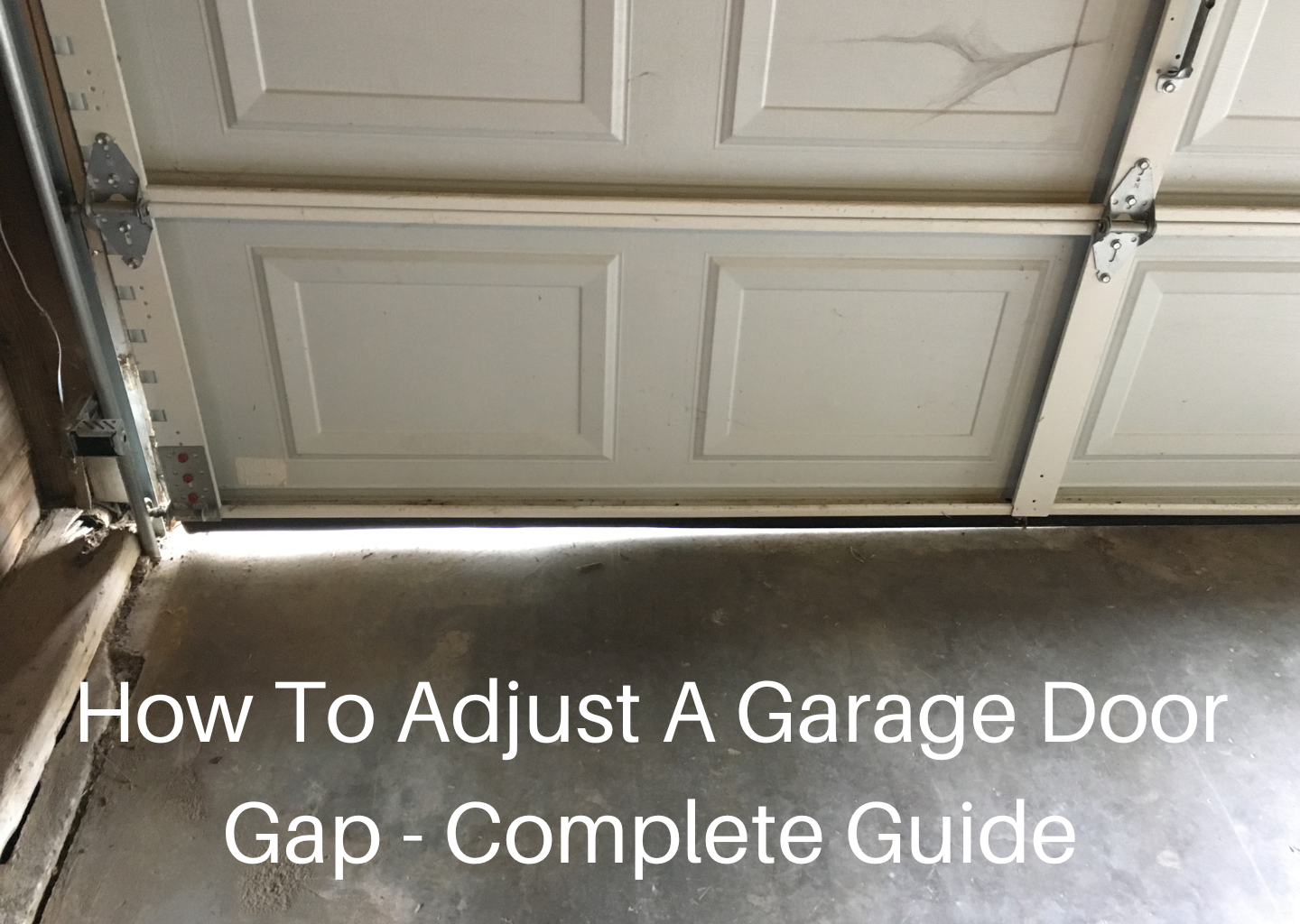


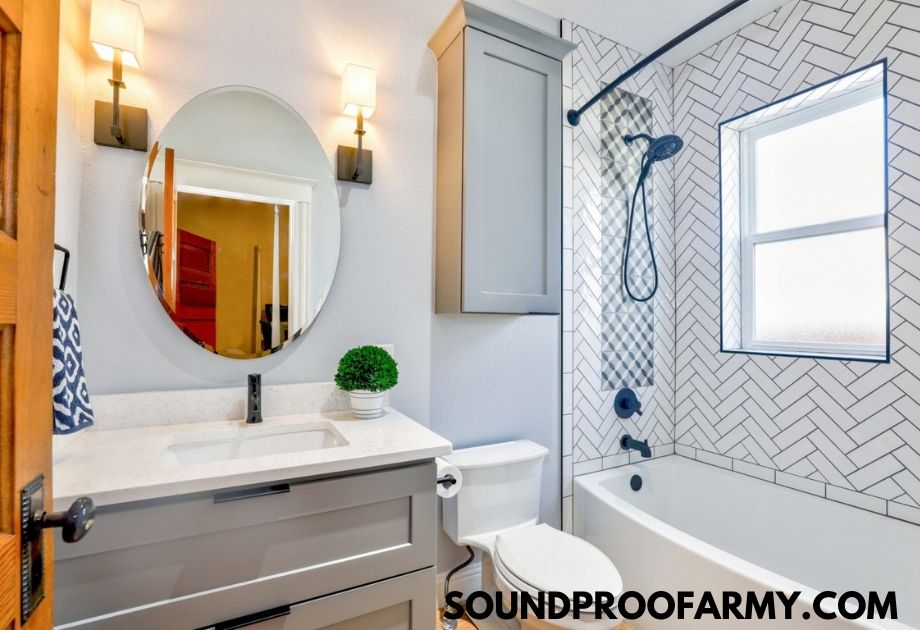
![How To Soundproof A Basement Ceiling Cheaply [9 Ways]](https://soundproofarmy.com/wp-content/uploads/2021/06/cheapest-ways-to-soundproof-basement-ceiling-Simple-DIY-Hacks.jpg)
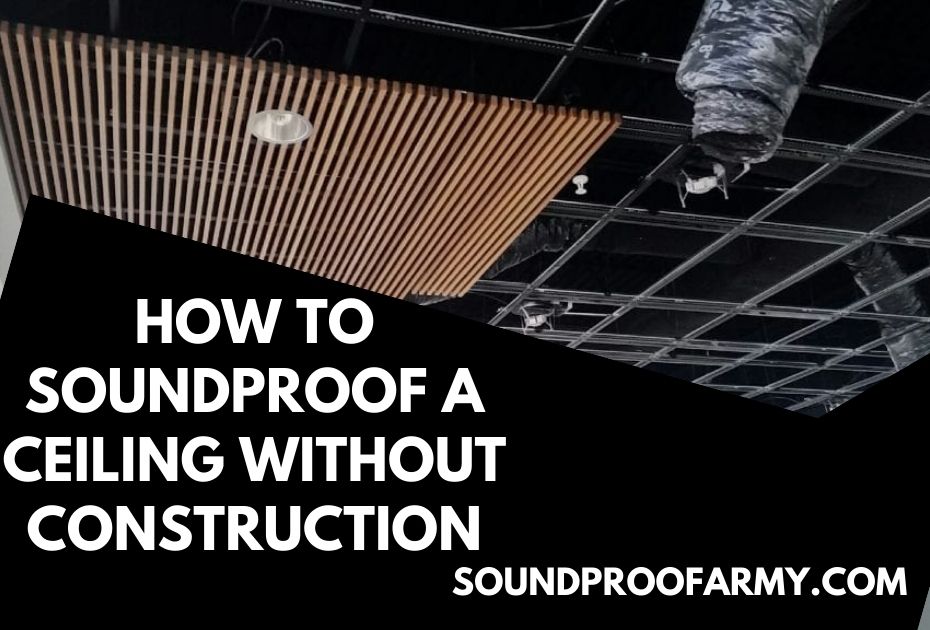
![How to Soundproof a Door with Household Items [14 Effective Ways]](https://soundproofarmy.com/wp-content/uploads/2021/07/How-to-Soundproof-a-Door-with-Household-Items.jpg)

